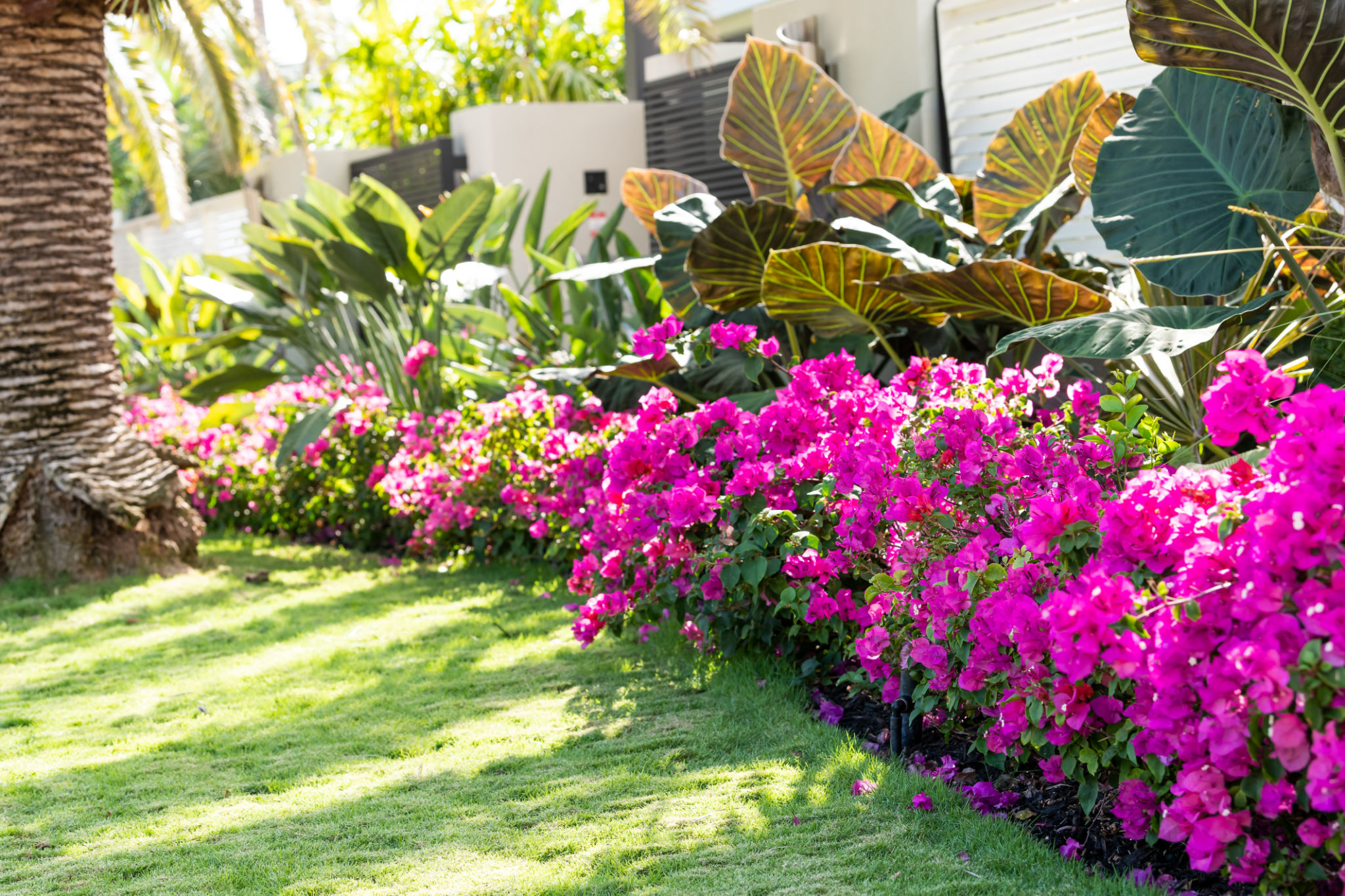Eco-Friendly Landscaping Trends in Florida: Transform Your Lawn Sustainably
Introduction to Eco-Friendly Landscaping
In recent years, there has been a significant shift towards eco-friendly landscaping practices, particularly in Florida. With its unique climate and diverse ecosystem, Florida offers numerous opportunities for homeowners to create sustainable and aesthetically pleasing landscapes. By adopting environmentally conscious methods, you can transform your lawn into a vibrant space that is both beautiful and sustainable.

Native Plant Selection
One of the most effective ways to create an eco-friendly landscape is by choosing native plants. Native species are adapted to Florida's climate and soil conditions, requiring less water and maintenance. They also provide essential habitats for local wildlife. Incorporating native plants like Florida coontie, saw palmetto, and firebush can enhance biodiversity and reduce the need for chemical fertilizers and pesticides.
By selecting plants that naturally thrive in your area, you can significantly reduce your lawn's environmental impact. Additionally, native plants often require less pruning and care, allowing you more time to enjoy your outdoor space.
Water Conservation Techniques
Water conservation is a critical aspect of sustainable landscaping. Florida's frequent droughts make it essential to adopt water-saving strategies. Implementing a drip irrigation system is an efficient way to deliver water directly to plant roots, minimizing evaporation and runoff.

Consider installing a rain barrel to collect rainwater for irrigation purposes. This simple addition can greatly reduce your reliance on municipal water sources, lowering your water bill and conserving precious resources. Additionally, using mulch around plants helps retain soil moisture and suppresses weed growth.
Sustainable Lawn Alternatives
Traditional turfgrass lawns are often resource-intensive, requiring frequent watering, mowing, and fertilizing. To reduce environmental impact, consider replacing some or all of your grass with low-maintenance alternatives. Ground covers such as muhly grass or frog fruit offer lush greenery with minimal upkeep.
If you're looking for something more unique, explore the concept of a wildflower meadow. This option not only reduces lawn maintenance but also creates a vibrant habitat for pollinators like bees and butterflies.

Organic Lawn Care Practices
Adopting organic lawn care practices is another essential component of eco-friendly landscaping. Begin by avoiding synthetic fertilizers and pesticides, which can harm beneficial insects and contaminate water sources. Instead, opt for natural alternatives such as compost or organic fertilizers that enrich the soil without adverse effects.
Regular soil testing can help you determine the specific nutrients your plants need, allowing you to apply fertilizers more precisely and efficiently. Additionally, mowing your lawn at the correct height encourages deeper root growth and reduces water usage.
Conclusion
Transforming your Florida lawn into an eco-friendly oasis is not only beneficial for the environment but also enhances the beauty and resilience of your outdoor space. By incorporating native plants, conserving water, exploring sustainable alternatives to traditional lawns, and practicing organic lawn care, you can create a sustainable landscape that thrives in harmony with Florida's unique ecosystem.
As you embark on your journey towards eco-friendly landscaping, remember that every small change contributes to a healthier planet. Embrace these trends and watch your garden flourish sustainably.